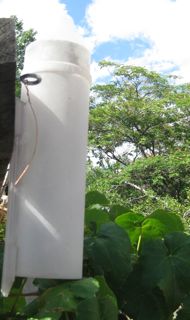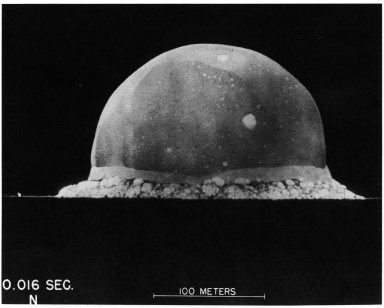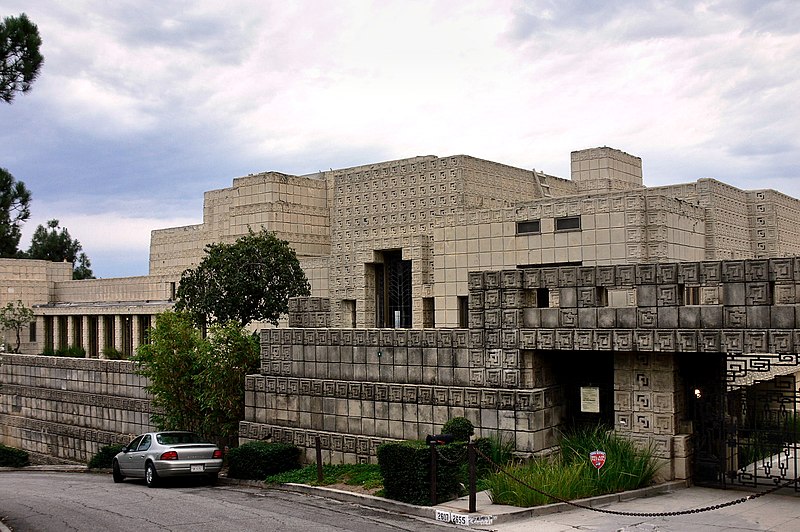For grins, I just checked the latest climate data for Baton Rouge, which is in the grip of a fierce drought. July’s been a decent month for them. Still below normal, but better than it has been. From July 12-14, they got 2.84 inches of rain.
It’s the last day of the month, so I can total up my July rainfall. (I measure at 7 a.m., so anything that falls this afternoon or this evening goes on the Aug. 1 report.) I got six days with measurable precip in July, a total of 0.62. That brings me to 2.82 inches for the water year that started last Oct. 1. with records at my house going back to the 19990-2000 water year, that’s 41 percent of average, the lowest by a good chunk since I’ve been keeping track.
2.84 inches over three days at Baton Rouge and they’re still in drought. 2.82 inches over 10 months and we’re still in drought. Drought, you see, is a relative phenomenon, involving less precipitation than you’ve come to depend on.
This past winter’s La Niña-driven drought was epic in New Mexico, and the monsoon season has been lackluster. And what might we have in store for the coming winter? I don’t mean to alarm, but…
Combined with the recent weakening of the positive subsurface ocean anomalies and the lingering La Niña state of the atmosphere, the possibility of a return to La Niña during the Northern Hemisphere fall 2011 has increased over the past month.






